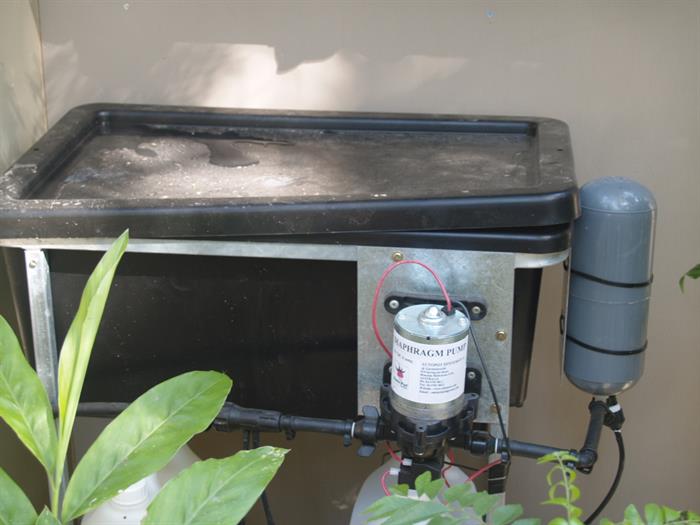Learn online to manage a business in hydroponics; supporting growers with services or supplies.
Course Structure
There are ten lessons as follows:
- Hydroponics – Nature and Scope
- Types of Hydroponic Systems
- Introduction to Plant Nutrition and Understanding Nutrient Labels
- Introduction to Growing Media
- Basic Hydroponic Systems and Components
- Nutrition Management
- Climate Management Equipment
- Common Pests and Diseases
- Deficiencies, Toxicity and pH Control
- Troubleshooting Systems
Course Duration is 100 nominal hours

Given that plants in hydroponic systems are often grown in near optimal conditions and with ideal nutrient supplies they are often better able to resist pests and diseases than their field-grown counterparts. However, if conditions are ideal for the growth of pests and diseases then these can become problematic as for any other plants. In hydroponic crop production many growers use the same chemical products as field producers to control a wide range of pests and diseases, while others try to maintain control using only 'soft options’ such as IPM (integrated pest management), biological and cultural control, and resistant cultivars. Each may offer varying degrees of success.
There is a greater demand for 'clean and green' produce now than ever before. Most hydroponic growers do generally use pesticides to some degree. In the future, the challenge will be to find alternatives and not use any type of chemical pesticide, and only limited quantities of safe or natural controls. There will be a need to develop more disease-resistant varieties of plants as well as increased usage of biological controls. Each country will need to invest in finding its own natural predators to pests as part of integrated pest management, rather than importing predators.
Where Do Growers Get their Hydroponic Nutrients from?
Smaller growers often prefer to buy a pre-mixed product which are supplied in liquid concentrate or powered form. These just need mixing with water to the correct strength for use. Such pre-mix products, are fine for small growers who don’t want buy in large bags (20-25 Kg) of the individual fertiliser salts required to weight out and mix into larger volumes of nutrient stock solutions. General purpose formulations are available which contain a combination of nutrient salts intended to stimulate both good foliage growth and good flower and fruit development. Due to problems of “lock-up”, in particular of calcium, most formulations are available as a two-part mix, usually labelled Part A and Part B. More technically advanced formulations can be purchased which combine all essential salts in a single part concentrate as well as there being pre-mix products that come in 3 and even 4 separate parts.
Commercial growers often prefer to make up their own nutrient stock solutions from the individual fertiliser salts - firstly because this is a huge cost saving compared to premixed nutrient products, and secondly it gives the flexibility required to make adjustments to the nutrient formulation throughout the cropping cycle.